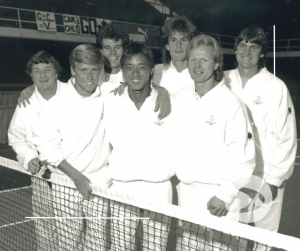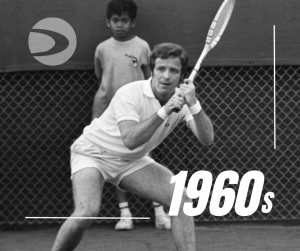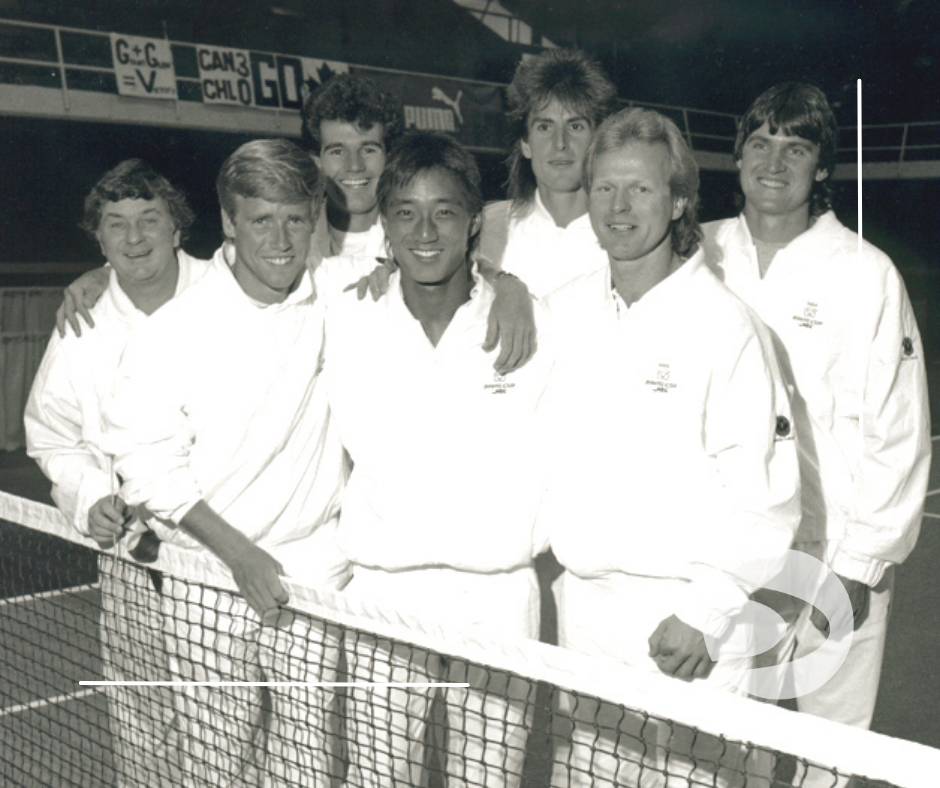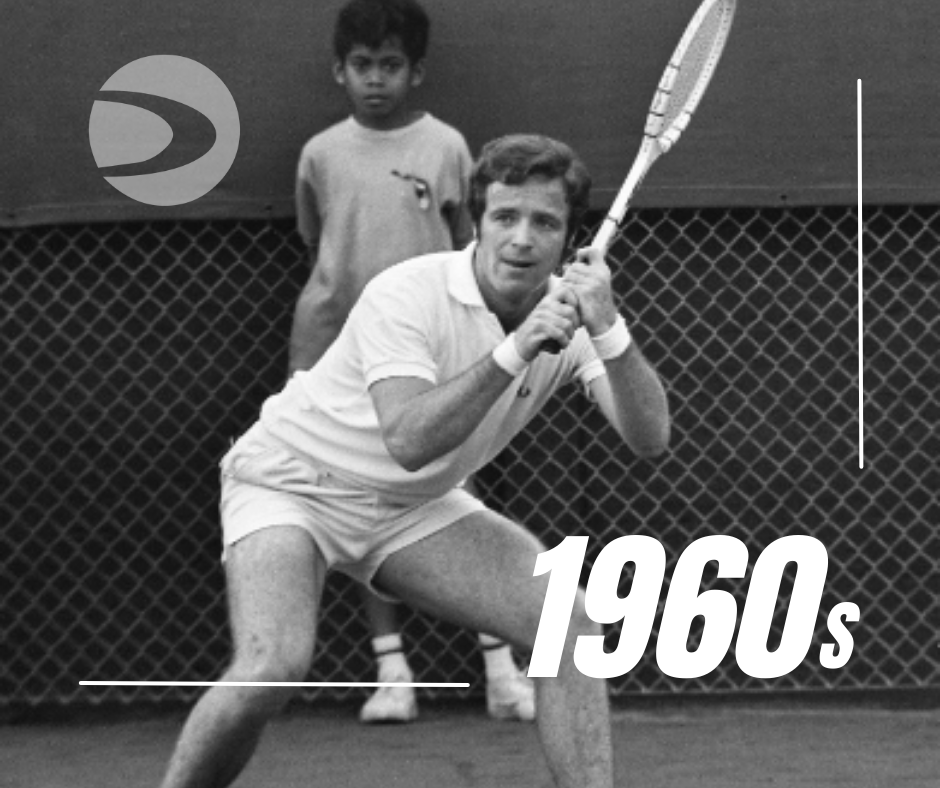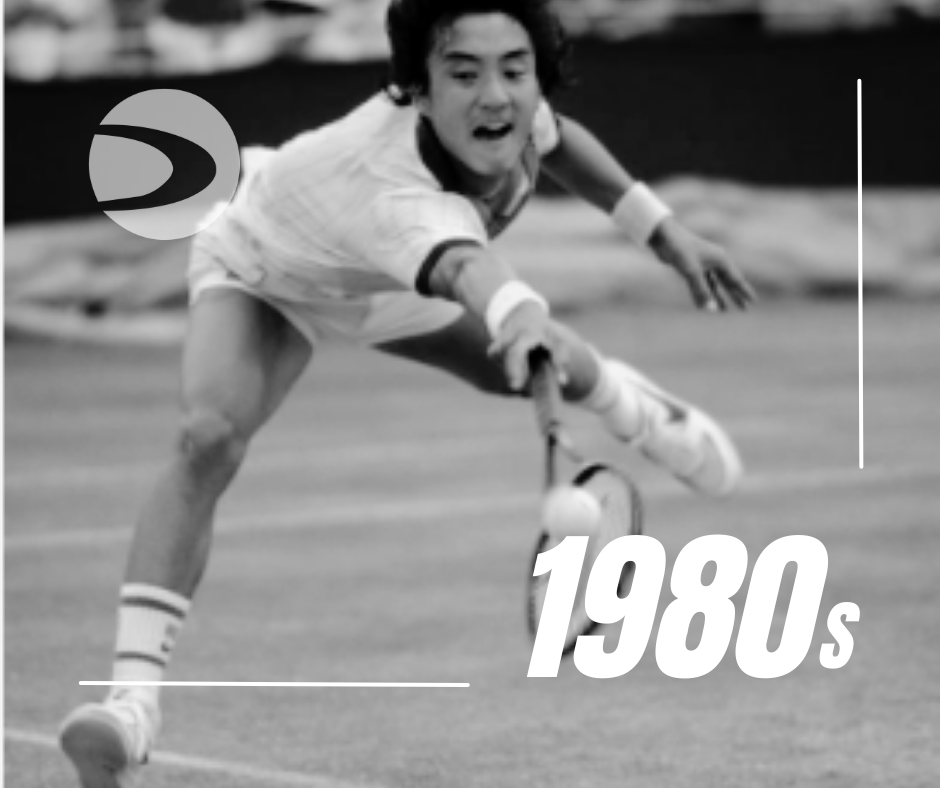Get ready for one of the most interesting and challenging years in the history of our industry. You just have to do the math to know why. The first part of the equation is that tennis has exploded in popularity over the last few years, and the forecast is for much more growth over the next few years. The other half of the equation is that during this same period of time, the number of very wealthy people has also exploded. As it turns out, these two groups cross-pollinated and developed into a very cozy relationship. These new millionaires have decided to put their money in the tennis market. It’s not only a solid investment, but it happens to be a great fit for anyone that has any passion for the game. As a result, expect to see many new faces and new owners in the tennis world in 2022. Here’s why.
 These new wealthy people got into tennis over the last couple of years due to Covid. It might have been as the result of tennis providing a natural spacing of participants that created a more safe environment during the pandemic…or the fact that it is played mostly outdoors…or maybe the new participants felt they now had plenty of leisure time to learn this challenging sport. It was also the perfect fit for families who found themselves spending much more time together and discovered tennis a great sport that they could all do together. There may be more reasons, but the history of wealth and tennis mixing is not new to the sport. Tennis has worn the image of elitism for quite some time, going back to the very beginning of the sport. Even when the tennis boom of the ’70s arrived, there was an identifiable drift towards those who could afford the sport. The wealthy quickly jumped on the tennis bandwagon. Those with money and little tennis business background were excited about being part of this newest fad as well as finding a solid investment. The significant difference back then; there was plenty of real estate in prime locations. In addition, the membership-owned clubs could not meet this rapid growth making for increased demand and little supply. It seemed like overnight there were hundreds of new privately owned facilities, many of them providing indoor tennis.
These new wealthy people got into tennis over the last couple of years due to Covid. It might have been as the result of tennis providing a natural spacing of participants that created a more safe environment during the pandemic…or the fact that it is played mostly outdoors…or maybe the new participants felt they now had plenty of leisure time to learn this challenging sport. It was also the perfect fit for families who found themselves spending much more time together and discovered tennis a great sport that they could all do together. There may be more reasons, but the history of wealth and tennis mixing is not new to the sport. Tennis has worn the image of elitism for quite some time, going back to the very beginning of the sport. Even when the tennis boom of the ’70s arrived, there was an identifiable drift towards those who could afford the sport. The wealthy quickly jumped on the tennis bandwagon. Those with money and little tennis business background were excited about being part of this newest fad as well as finding a solid investment. The significant difference back then; there was plenty of real estate in prime locations. In addition, the membership-owned clubs could not meet this rapid growth making for increased demand and little supply. It seemed like overnight there were hundreds of new privately owned facilities, many of them providing indoor tennis.
This time around it’s a bit more complicated. There are two groups looking to acquire. You have some families that now have a taste, or at least a sighting, of young players reaching great heights in popularity and fame. If you have a few extra millions, and you want the best for your child prodigy, you just buy what you need. Money is not an issue. The goals are clearly there, and their pocketbooks have plenty of power to help them meet those goals. The other group is those looking for someplace solid to invest their new money. But here is the catch, as mentioned, this time around there is limited prime real estate. In affluent areas where tennis is booming, development and growth are often frowned upon, if even available, so existing facilities provide the perfect gateway for these passionate new tennis advocates to jump into the game. On top of that, when tennis took a hit a few decades back, few if any new tennis clubs were built, so inventory is low. Once again, there are now many more players than there are courts, so since they can’t add or build, the obvious solution is acquisition.
Remember, these are motivated and capable buyers, they do not need to be savvy about the business or even the game itself, those shortcomings have never stopped acquisition in the past in any industry. As a result, tennis pros, club managers, and many others will find navigating the era of transition through acquisitions, a bit painful, even career challenging. They may not be aware of this during the early stages of any acquisition, but after a bit of time, they may discover that they are not the right fit for these owners who are hungry for success and recognition. Their business model is evolving as they gain experience, so stability is questionable.
Ironically, there are some individuals in the tennis industry that might come out better than before. Those running quality junior academies could find this as a great opportunity. This new money is looking for programs to help them reach their goals.
There is another interesting dynamic. For pros who have a long history at any tennis facility, new ownership may want change, just for the sake of change. They’ll take over and immediately want to upgrade the physical facility to be the best in town. Often, they may see the old pros and managers as part of the old image…they just no longer fit.
But again, there is the flip side. Many long-standing pros or managers will have a history with the membership, history, and a long-time relationship of trust, insight, and understanding. This greatly impacts the culture of the Club, the question will be for these new owners, will they recognize the value of this contribution.
The year of acquisitions is both exciting and for others unsettling. Membership-owned clubs will likely not immediately be impacted. But they may be outclassed and have their retention of members challenged by these new upscale facilities. This largely depends on location and again demand.
As mentioned, 2022 will be a very interesting year. One thing is for sure, those pros and managers that have the right stuff will be in great demand as this tennis boon continues. Whether it be the same old owners or these new investors, keep this in mind when negotiating any contract.


